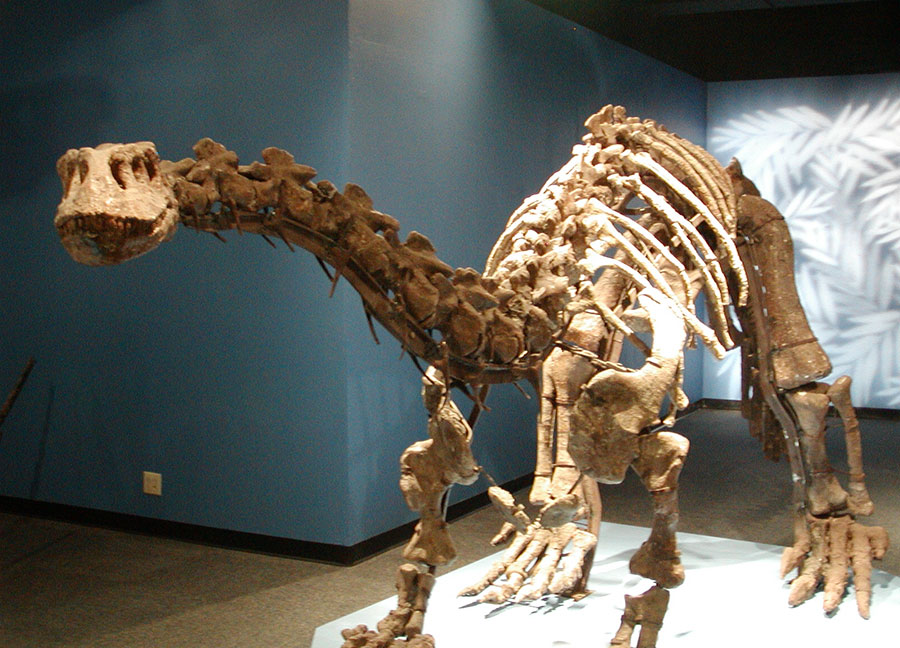A team of paleontologist researchers from the University of Toronto Mississauga has recovered a 195-million-year-old dinosaur protein in China’s Yunnan province. This could revolutionize paleontology by further opening the doors to new ways to study dinosaurs.
Scientists have not been able to retrieve considerable amounts of preserved soft tissue samples from dinosaur fossils because they are typically the first to decay after the creature’s death. The handful of old organic material unearthed up until today mostly dates back to 70 millions years.

This new study has pushed that timescale by claiming to have discovered collagen, a protein found in all animal bodies. The protein was preserved in the 195-million-year-old fossilized ribs of a sauropodomorph dinosaur called Lufengosaurus.
The remainings uncovered at a site in southwestern China in 2005 belonged to a herbivorous dinosaur that had a long neck and traveled in two legs.
The report published last week in the journal Nature noted that the bone matrix managed to protect the protein and collagen against degradation.
Dr. Reisz’s team spotted the tissue within the walls of blood vessels found inside the rib bones. They used synchrotron radiation-based Fourier Transform Infrared (SR-FTIR) microspectroscopy to identify the molecular bonds in the compounds forming the material, the researcher told The Christian Science Monitor in an interview.
Could these organic material have lasted that long?
Other paleontologists are not entirely sure that the Dr. Reisz has properly identified collagen. Although the SR-FTIR is extremely sensitive, “the method also has limitations,” Mary Schweitzer from North Carolina State University reported to The Christian Science Monitor.
Dr. Schweitzer’s work has been subject to scrutiny and skepticism as well when she discovered preserved blood cells and soft tissue in Tyrannosaurus rex fossils. She said it was rewarding to see other studies try to validate the hypothesis that collagen and other endogenous biomolecules can persist across geological time, but she suggests researchers should employ many other analysis techniques to confirm their conclusions.
Dr. Reisz had a clue as to what could explain the preservation of the protein. He argues that hematite (iron oxide) particles obtained from decayed blood cells might have helped the collagen survive for that long.
There is still a lot to learn about fossil formation and preservation, and the study doesn’t necessarily shed new light onto the Lufengosaurus life- due to its minuscule amount. These recent findings give paleontologists hope to further understand these large ancient creatures by examining fossils on the molecular level.
Source: Nature
